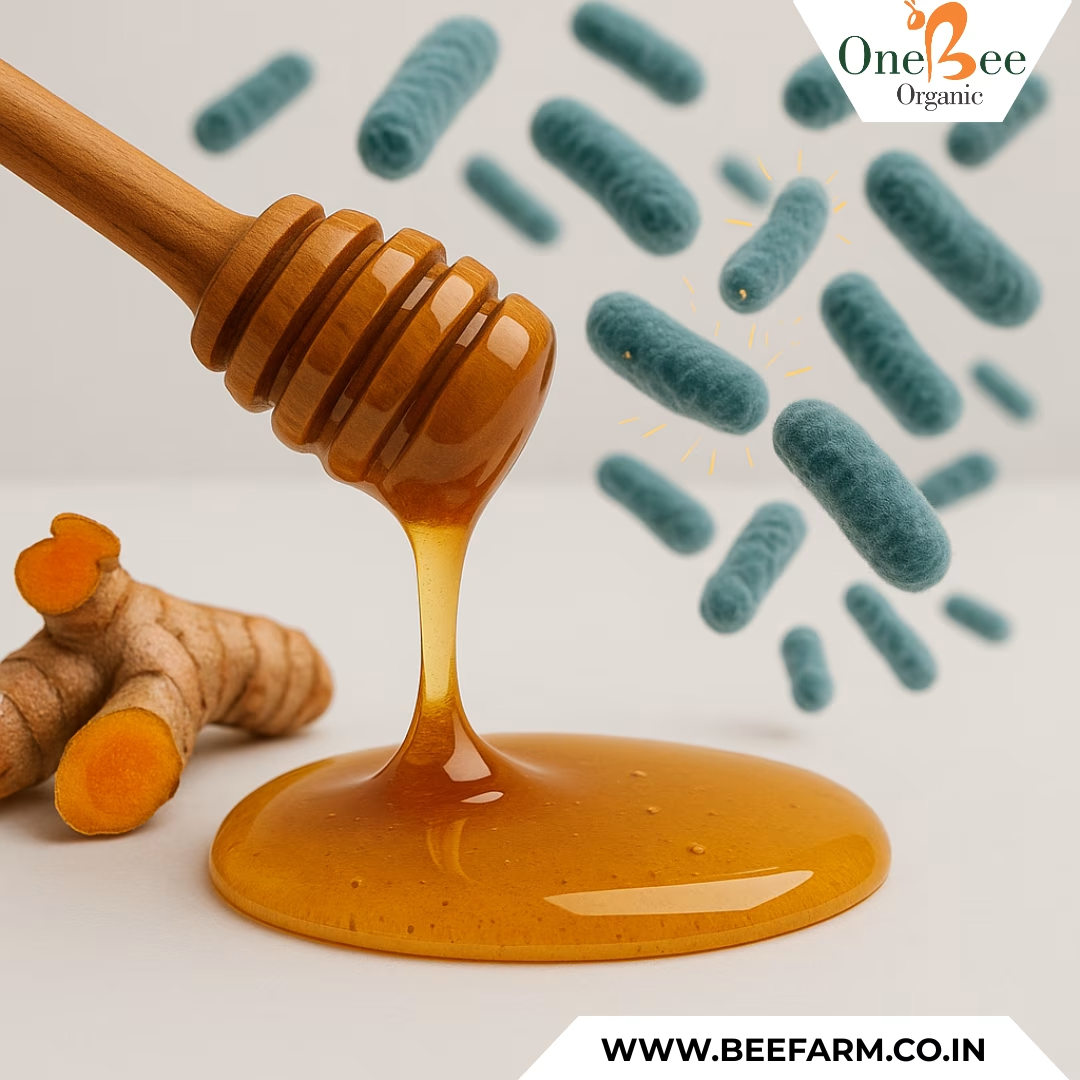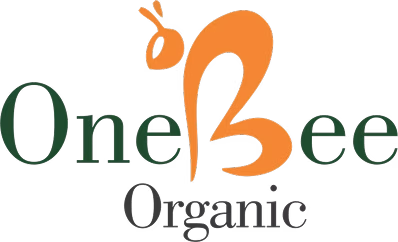The Science Behind Antibacterial Properties of Honey
In today’s world, where antibiotic resistance continues to rise, natural remedies have gained renewed attention. Among these, honey stands out as a potent antibacterial agent. But what exactly makes honey so effective in fighting bacteria? Let’s explore the science behind this golden superfood and understand why it has earned a place in both traditional healing and modern research.
A Natural Shield: How Honey Fights Bacteria
To begin with, honey’s antibacterial power doesn’t come from a single source. Instead, it results from a powerful combination of properties working together. This synergy makes honey remarkably effective against a wide range of pathogens.
High Sugar Content Creates an Unfriendly Environment
First and foremost, honey contains a high concentration of sugars, particularly glucose and fructose. These sugars absorb moisture, which dehydrates bacterial cells. Since bacteria need water to thrive, honey’s low water activity stops their growth almost immediately.
Low pH Disrupts Bacterial Growth
Additionally, honey has an acidic pH level—usually between 3.2 and 4.5. This acidity further prevents bacteria from surviving and reproducing. Many harmful microorganisms simply cannot function in such a low-pH environment, which gives honey a natural advantage.
Hydrogen Peroxide – Nature’s Built-In Disinfectant
Moreover, honey produces hydrogen peroxide when diluted with bodily fluids or wound exudate. This occurs due to an enzyme called glucose oxidase, which bees add to nectar during the honey-making process. As a result, when honey contacts moisture, it releases small, steady amounts of hydrogen peroxide—a mild antiseptic that helps kill bacteria without harming human tissue.
Methylglyoxal (MGO) – The Key to Manuka Honey’s Power
In some types of honey, like Manuka honey from New Zealand, researchers have identified a unique compound called methylglyoxal (MGO). Unlike other honeys that rely on hydrogen peroxide, Manuka honey retains antibacterial power even when hydrogen peroxide breaks down. This non-peroxide activity gives Manuka its reputation for treating wounds and infections.
Bee Defensin-1 – A Natural Immune Booster
Interestingly, bees themselves contribute to honey’s antibacterial action. Bee defensin-1, a protein secreted by bees, is present in honey and plays a role in protecting the hive. Scientists have discovered that this compound can destroy bacteria by puncturing their membranes, making it another crucial element in honey’s healing potential.
Scientific Backing: What the Research Says
Extensive laboratory studies have confirmed honey’s effectiveness against various bacteria, including E. coli, Staphylococcus aureus, and Pseudomonas aeruginosa. Researchers often compare honey favorably to conventional antibiotics, especially in treating minor wounds, burns, and infections.
For instance, one study in the Journal of Wound Care found that applying medical-grade honey to wounds promoted faster healing and reduced infection rates—often outperforming synthetic treatments.
Why Raw Honey Works Best
When selecting honey for antibacterial use, always choose raw or medical-grade honey. Unlike processed honey, raw honey retains its natural enzymes, antioxidants, and antimicrobial compounds. Pasteurization, commonly used in commercial honey, often destroys these beneficial elements.
Final Thoughts: More Than Just a Sweet Treat
Ultimately, honey offers far more than flavor. Backed by both ancient wisdom and modern science, it delivers powerful antibacterial properties without side effects or resistance. Whether used topically on wounds or consumed to soothe sore throats, honey continues to prove its worth as nature’s healing nectar.
So, the next time you enjoy a spoonful of honey, remember—it’s not just sweet; it’s scientifically strong.








Leave A Comment